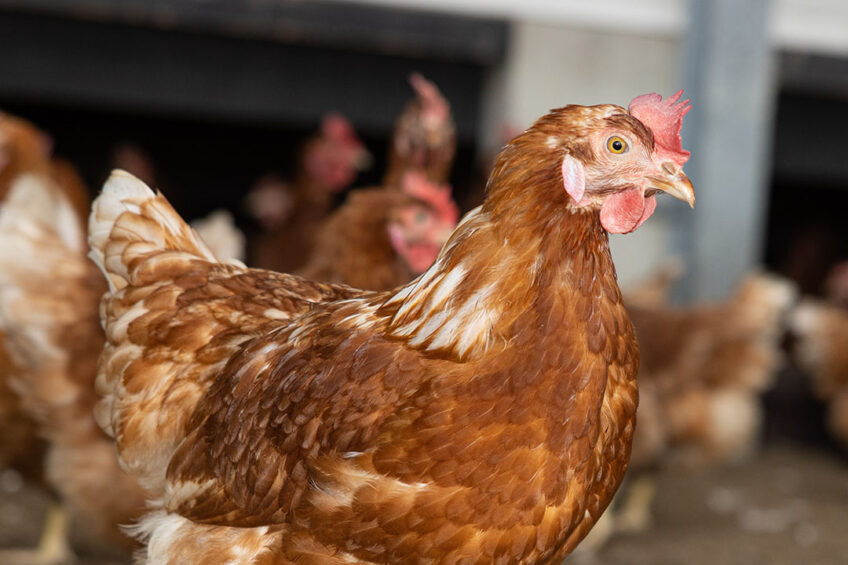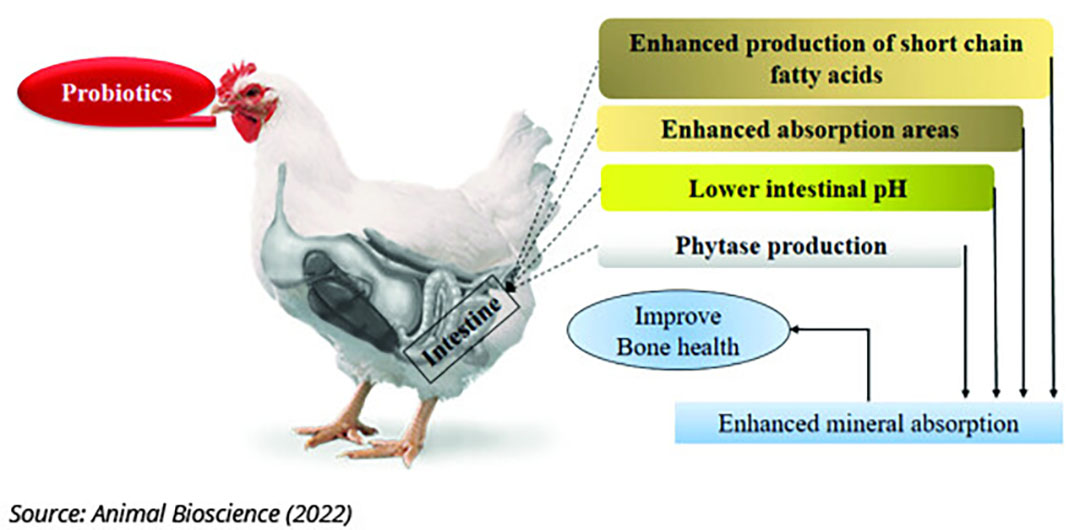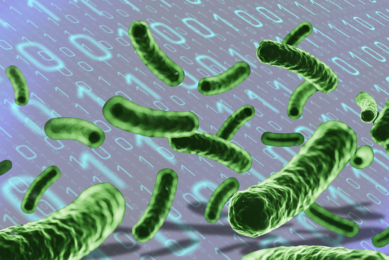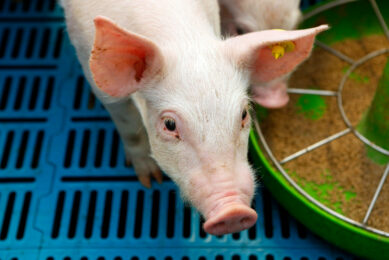Understanding probiotics as AGP alternatives in poultry

The use of probiotics as substitutes for antibiotics in poultry production starts with the understanding of how they influence the health and performance of birds.
The limited use or ban on the use of in-feed antibiotics increases the demand for alternatives to avoid a decline in animal health and performance and associated economic losses. Probiotics can be defined as live microorganisms which have beneficial effects on the host when fed in adequate amounts. They include microorganisms of different species of bacteria, fungi or yeast. In a recent study published in the journal Animal Bioscience (2022), researchers diagnosed how probiotics deliver health and performance benefits in poultry production.
Immunity and antioxidant functions
The scientists found that probiotics, as an alternative to antibiotics, improve the health status and immunity of birds in several ways.
In this study, the researchers harnessed all the possible modes of action of probiotics from several studies. They found that probiotics (acidophilus, B. bifidum and S. faecalis) enhance systemic and local antibodies production in broilers, and L. fermentum and S. cerevisiae significantly increase CD3+, CD4+ and CD8+ levels in broilers. Probiotics also produce antimicrobial substances such as bacteriocins, hydrogen peroxide and organic acids. Organic acids decrease the pH of the intestine which helps the absorption of minerals and protein. Some probiotics of bacterial origin (Lactobacillus, B. subtilis, Bifidobacterium, and Streptococcus) have antimicrobial activity towards pathogenic bacteria such as E. coli, C. perfringens, S. aureus, and S. typhimurium. Probiotics also increase the production of immunoglobins (IgA, IgY, IgM) and goblet cells.
When the health of birds is challenged, probiotics reduce the contents of pro-inflammatory cytokines (TNF-α, IL-1β, IL-6, and IFN-β) and increase the production of anti-inflammatory cytokines (IL-10, IL-4, IL-11, and IL-13). Under heat stress, for example, oxidative stress results in inflammation and epithelial integrity disruption, immunosuppression, endocrine disorders, and electrolyte imbalances. In addition, feed intake, growth, and meat quality decrease, while mortality rises.
Microbiota modulation
Health status and growth performance in poultry is strongly linked to gut health and its microflora. The main mechanisms by which probiotics modulate the microbiota and improve the health and performance of birds were listed as follows:
Competition for nutrients with pathogens
Bioconversion of nutrients into other substances with selective inhibitory properties against pathogens
Production of growth substances such as vitamins for other bacterial organisms
Direct antagonism through antibacterial agents such as bacteriocins
Competitive exclusion for binding sites
Intestinal barrier function
Modulation of innate immunity and reducing inflammation
Improving gut morphology (e.g., villi length and villi length to crypt depth ratio)
Effect on growth and meat quality
Probiotics promote growth performance as they ameliorate the effects of disease and stress by improving gut health and the absorption capacity of the intestine. Among others, Lactobacillus spp. and pediococcus acidilactici were reported to significantly improve feed intake, weight gain, and FCR in broilers. Probiotics improve nutrient digestion by increasing the secretions of digestive enzymes. Another mode of action in probiotics is called cross-feeding, which means feeding one bacterium is beneficial for the production of other bacteria. For example, lactic acid produced by lactic acid-producing bacteria can be used by butyric acid-producing bacteria and produce a large amount of butyric acid which improves health and growth performance. Some probiotics (L. acidophilus, L. casei, Enterococcus faecium, and Bifidobacterium thermophilum) improve gut morphology (villi length and villi length: crypt depth ratio), thus increasing the surface absorption area and ultimately nutrient absorption in broilers.
The researchers stated that meat sensory characteristics (overall acceptability, texture, appearance, and juiciness) are positively affected by feeding probiotics (B. subtilis and B. licheniformis). However, according to them, differences in the results of meat quality might be due to the use of different types or doses of probiotics, the duration of the trial or the age of birds at which the probiotics were fed.
Figure 1 – Mechanisms underlying improved bone health by
probiotics feeding.

Bone health and egg quality
Probiotics improve gut health and enhance the absorption capacity of the intestine and the bioavailability of minerals in different ways (Figure 1). Probiotics enhance phytase production due to their ability to degrade phytate and release bounded minerals such as Ca and P. A positive impact on gut morphology is a larger absorption surface area and improved mineral absorption. Reduced intestinal pH due to the production of short-chain fatty acids improves mineral absorption as, for example, an acidic environment favours the absorption of Ca. It is reported that probiotics such as B. subtilis, B. licheniformis, E. faecium and lactic acid-producing bacteria improve different tibia indexes including tibia ash, tibia Ca, tibia thickness, tibia breaking strength and phosphorus in broilers. Probiotics can also protect the bones of broilers when their health is challenged, for example, B. subtilis is reported to improve the content of tibia bone minerals when broilers are challenged with Salmonella enteritidis.
In laying hens, it is stated that probiotics (heat-inactivated Lactobacillus salivarius and Bacillus subtilis) individually or in combination increase egg production, daily egg yield, and Haugh unit, and reduce yolk cholesterol.
Selection of probiotics
The genera commonly used as probiotics in poultry are the Bifidobacterium
Bacillus, Streptococcus, Lactobacillus and Lactococcus, but several other types are being introduced. According to the researchers, a good probiotic should not be pathogenic or toxic in nature, should have a positive impact on the host animal (e.g., competitive exclusion of pathogens), should survive in the gut environment, should be viable and remain viable under feed processing and storage conditions. Probiotics could be single-strain or multi-strain and may be given in combination with other feed additives through feed or water. Multiple-strain probiotics are more beneficial if they have synergistic effects. The selection of probiotics should start by understanding the modes of action of probiotics to make the most informed product choice. It is suggested that future research on probiotics should focus more on synergistic effects and interaction with host microflora for precise selection of strains and doses.
Main source: An updated review on probiotics as an alternative of antibiotics in poultry — A review. Animal Bioscience 2022; 35(8): 1109-1120.











